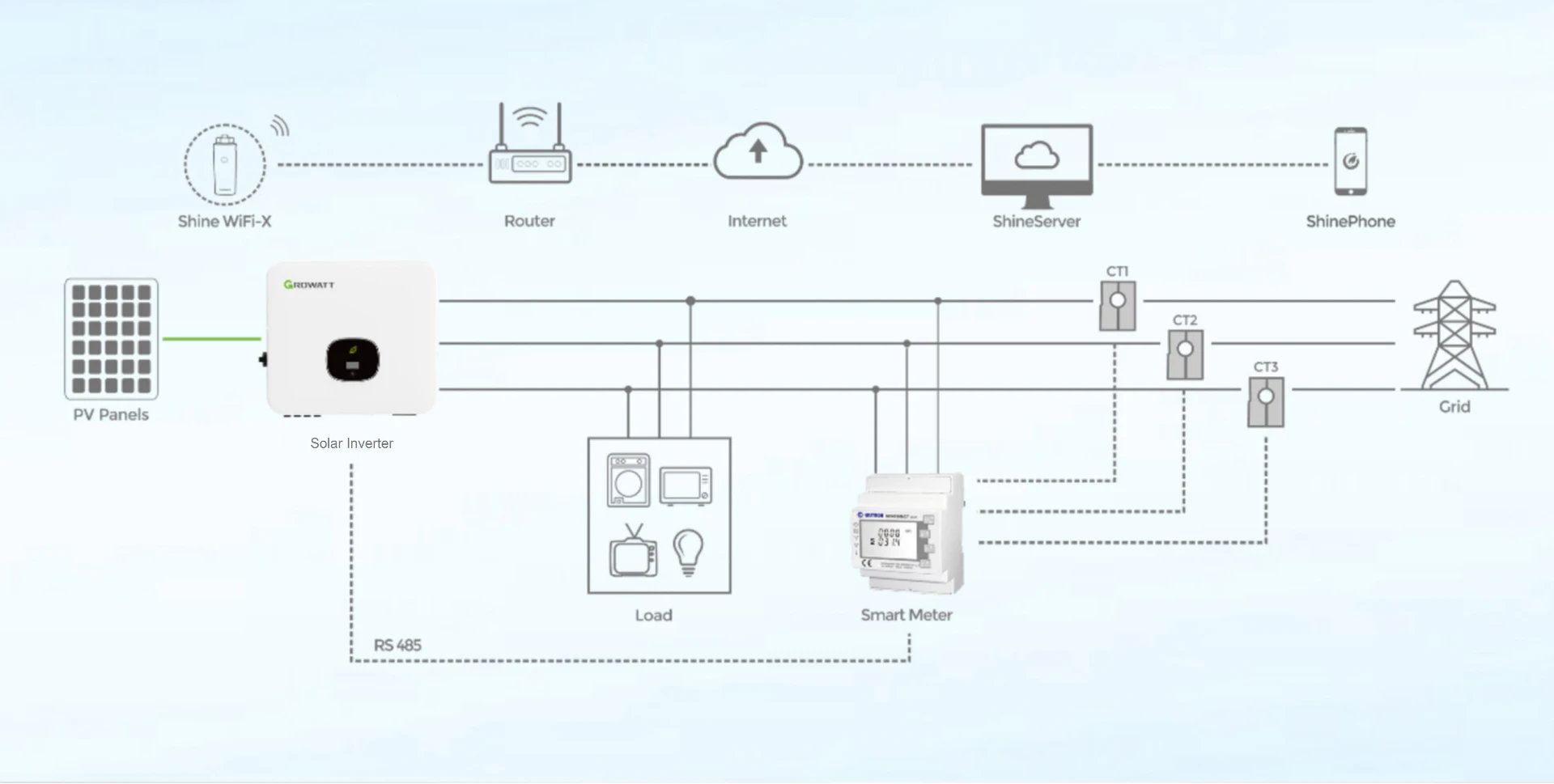Understanding the Size Specifications of a 300 Watt Solar Panel
Dimensions of a 300W Solar Panel Understanding Solar Energy Solutions
Solar energy has emerged as one of the most viable renewable energy sources available today. As more individuals and businesses turn toward solar power to meet their energy needs, understanding the specifications of solar panels becomes critical. One common size of solar panel you may encounter on the market is the 300-watt panel. This article will explore the dimensions of a 300W solar panel, along with its significance, applications, and factors to consider when choosing one for suitable energy production.
What is a 300W Solar Panel?
A 300W solar panel typically refers to a photovoltaic module that can generate approximately 300 watts of electricity under optimal conditions, specifically when exposed to bright sunlight. The wattage of a solar panel is a crucial factor, as it directly affects how much energy is produced and, consequently, the efficiency of your solar energy system.
Dimensions of a 300W Solar Panel
The dimensions of a 300W solar panel can vary slightly depending on the manufacturer and the technology used. However, most 300W panels generally fall within the dimensions of approximately 65 inches (165 cm) in length, 39 inches (99 cm) in width, and about 1.5-2 inches (3.8-5.1 cm) in thickness. The standard size allows for easy installation in both residential and commercial applications.
While the physical dimensions are essential for installation purposes, you may also want to consider the weight of these panels. A typical 300W solar panel weighs around 40-50 pounds (18-23 kg), which can impact the structural requirements of your roof or installation surface.
Factors Influencing Dimensions
Several factors contribute to the dimensions of a 300W solar panel. The primary factor is the type of solar cells used within the panel. For instance, monocrystalline solar panels are known for their higher efficiency and will typically be slightly smaller than their polycrystalline counterparts, which tend to be less efficient and, therefore, require more surface area to achieve the same wattage output.
Another critical factor affecting dimensions is the design and technology used. Innovations in solar panel technology, such as bifacial panels or half-cut cell designs, may result in different dimensions while still delivering similar or even higher power outputs.
Applications of 300W Solar Panels
dimensions of a 300w solar panel

300W solar panels are versatile and suited for various applications. For residential use, these panels can provide enough electricity to power an average home, depending on energy consumption. Installing a system comprised of multiple 300W panels can significantly reduce or even eliminate electricity bills.
For commercial applications, 300W panels can be deployed in larger solar arrays, enhancing energy independence. Businesses are increasingly turning to solar installations not only for sustainability reasons but also to hedge against rising energy costs.
In off-grid scenarios, a collection of 300W panels can be used to power remote cabins, seasonal homes, or agricultural installations where access to traditional energy sources is limited.
Considerations When Installing
When incorporating 300W solar panels into your energy system, several aspects should be considered
1. Space Requirements Measure the area where you plan to install the panels. Ensure enough space is available to accommodate the number of panels needed to meet your energy demands.
2. Orientation and Tilt The installation angle and direction can significantly impact the panel's efficiency. South-facing installations are typically the most efficient in the northern hemisphere.
3. Local Regulations Always check local zoning laws, building codes, and homeowners’ association regulations. Some areas may have restrictions regarding solar panel installations.
4. Quality and Warranties Consider reputable brands that offer warranties. A good warranty can offer peace of mind regarding performance and durability.
Conclusion
Understanding the dimensions of a 300W solar panel is essential for anyone considering solar energy solutions. With typical dimensions around 65 by 39 inches, these panels can be efficiently integrated into various residential and commercial applications. As the world transitions towards a more sustainable future, knowledge about solar technology will empower you to make informed decisions that lead to energy efficiency and cost savings. Whether for your home or business, investing in solar energy can pave the way for a greener tomorrow.
-
String Solar Inverter: The High-Efficiency Solution for Smart Solar EnergyNewsJul.14,2025
-
Revolutionizing Rooftop Energy with the Power of the Micro Solar InverterNewsJul.14,2025
-
Power Independence with Smart Off Grid Solar Inverter SolutionsNewsJul.14,2025
-
On Grid Solar Inverter: Powering the Future with Smart Grid IntegrationNewsJul.14,2025
-
Monocrystalline Solar Panels: High-Efficiency Power for the Future of Clean EnergyNewsJul.14,2025
-
Bifacial Solar Panel: A Smarter Investment for Next-Generation Energy SystemsNewsJul.14,2025







